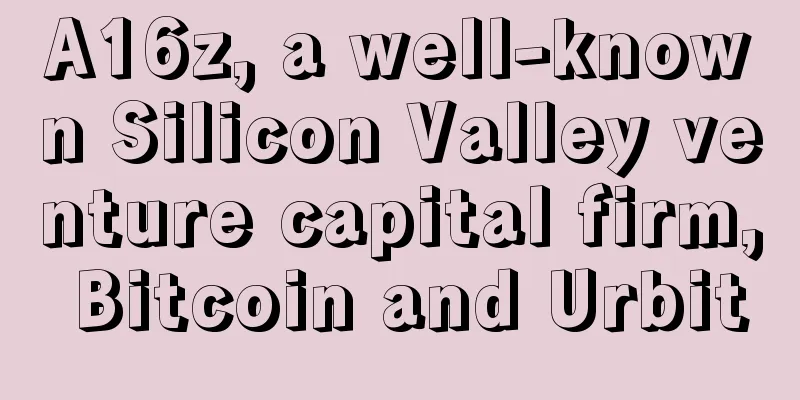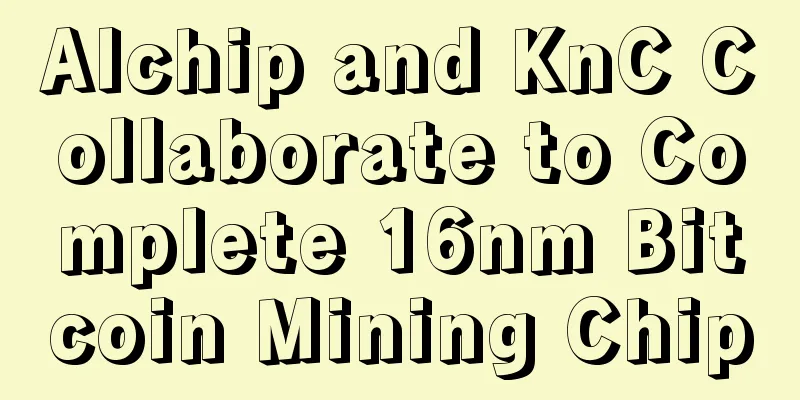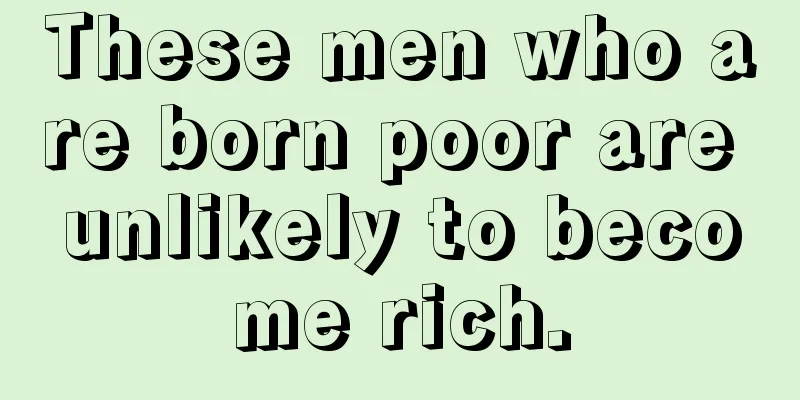A16z, a well-known Silicon Valley venture capital firm, Bitcoin and Urbit

Translation: Annie_Xu Some people say that Bitcoin is a digital asset, similar to a virtual gold. If so, can this technology draw a new blueprint for digitalization? The developers of the Urbit project have spent decades trying to find the answer. The concept is what attracted Silicon Valley’s big-name venture capital firm Andreessen Horowitz and PayPal co-founder Peter Thiel to the project of the startup Tlon. The project founder said that Urbit is a network of personal cloud computers, aiming to allow individuals to run their own servers without having to run complex server infrastructure. The founder compared Urbit to a "virtual city", which can be traced back to mid-2000, when Curtis Yarvin first proposed this idea. This programmer once caused a lot of controversy because of his "neo-reactionary" political comments, and he used the pseudonym Mencius Moldbug at the time. Although the project has been criticized, it has not hindered its progress, and the first server address was sold on June 28. But what does this have to do with Bitcoin and blockchain? Urbit website documents indicate that they do not use blockchain, but their peer-to-peer networks have commonalities. However, the project white paper mentions Bitcoin many times, and Tlon founder Galen Wolfe-Pauly said that Urbit is an ideal platform for running Bitcoin nodes and distributed applications.
Urbit Description This project has several parts: virtual machine (Nock), operating system (Arvo), programming language (Hoon), and peer-to-peer network (Ames). The Urbit white paper uses a picture of the Milky Way to describe how identity is managed within the architecture. From the Milky Way to stars to comets, Urbit is portrayed as a virtual universe, and the process of generating identity is further explained. As for how you interact with the Urbit, Wolfe-Pauly says that comes down to user preference; portability is a core element of its design.
But the project has only just begun. Wolfe-Pauly told reporters that most of the people using Urbit are developers. Although it is still in the form of a test network, it can already be downloaded. Bitcoin and Urbit In addition to the peer-to-peer network, the commonality between the two is the concept of resource scarcity. The number of identities in the network is artificially limited. Earlier this week, the team sold 1,020 Urbit stars at $256 each, netting $209,100. As the crowdfunding campaign continued for several hours, Balaji Srinivasan, CEO of bitcoin startup 21 Inc and a16z board member, drew a comparison between the two, noting that “if IP addresses can be traded on a peer-to-peer network like Bitcoin, Urbit address services will be needed.” Balaji Srinivasan Let's call it the similarity between the two, but that's about it. Today’s Urbit does not have the global distribution features of Bitcoin. As its white paper states, the hierarchical structure of the Urbit “universe” is different from the model in Satoshi Nakamoto’s Bitcoin document. Currently Urbit is mostly centralized (due to its initial deployment), but Wolfe-Pauly said that as the ecosystem changes, the overall structure of the Urbit network should become more distributed. |
<<: RMB depreciation cannot drive Bitcoin price up
Recommend
Using BT tools to spread mining programs, nearly 400,000 PCs have become mining machines
Microsoft said the MediaGet compromise was a care...
Italian banks are preparing to trial a digital euro
According to BlockBeats, the ABI (Italian Banking...
US telecom giant AT&T officially obtains Bitcoin blockchain patent, highlighting Bitcoin node advantages
US telecommunications giant AT&T has obtained...
What are the facial features of people who worship money?
There is no shortage of materialistic people in r...
What is a beauty mole? Where is the most beautiful beauty mole?
Many people suffer from moles on their faces and ...
A woman with a straight nose is a competent housekeeper after marriage
It is very important to have a good nose. Regardl...
What does a blessed woman look like? Analysis of a blessed woman's face
They are all women, but why do some women have go...
Is Hedge Fund Arbitrage Trading the Culprit for Bitcoin's Plunge?
In one week, the price of Bitcoin fell from $99,0...
Breaking news: Beijing Bitmain legal person returns to Wu Jihan's hands, interpretation of the subsequent direction (Bitmain Series 22)
(To provide you with exclusive, objective and in-...
Financial Stability Board seeks 'better understanding' of blockchain technology
Rage Comment : As an organization and coordinator...
Now is the most difficult time to mine Bitcoin
Bitcoin June 27th News As a core indicator for as...
South Korea: Cryptocurrency crime totals $2.28 billion since July 2017
South Korea’s Ministry of Justice estimates that ...
People with low and narrow foreheads have many benefactors who can help them and their careers will develop.
The forehead occupies a very important position i...
What does Tianyue Tiankui in the life palace represent?
Tianyue and Tiankui are auxiliary stars of the So...
UEBOT quantitative trading real-time January 22: floating profit of 0.12%
UEBOT is a Bitcoin quantitative trading cloud ser...









